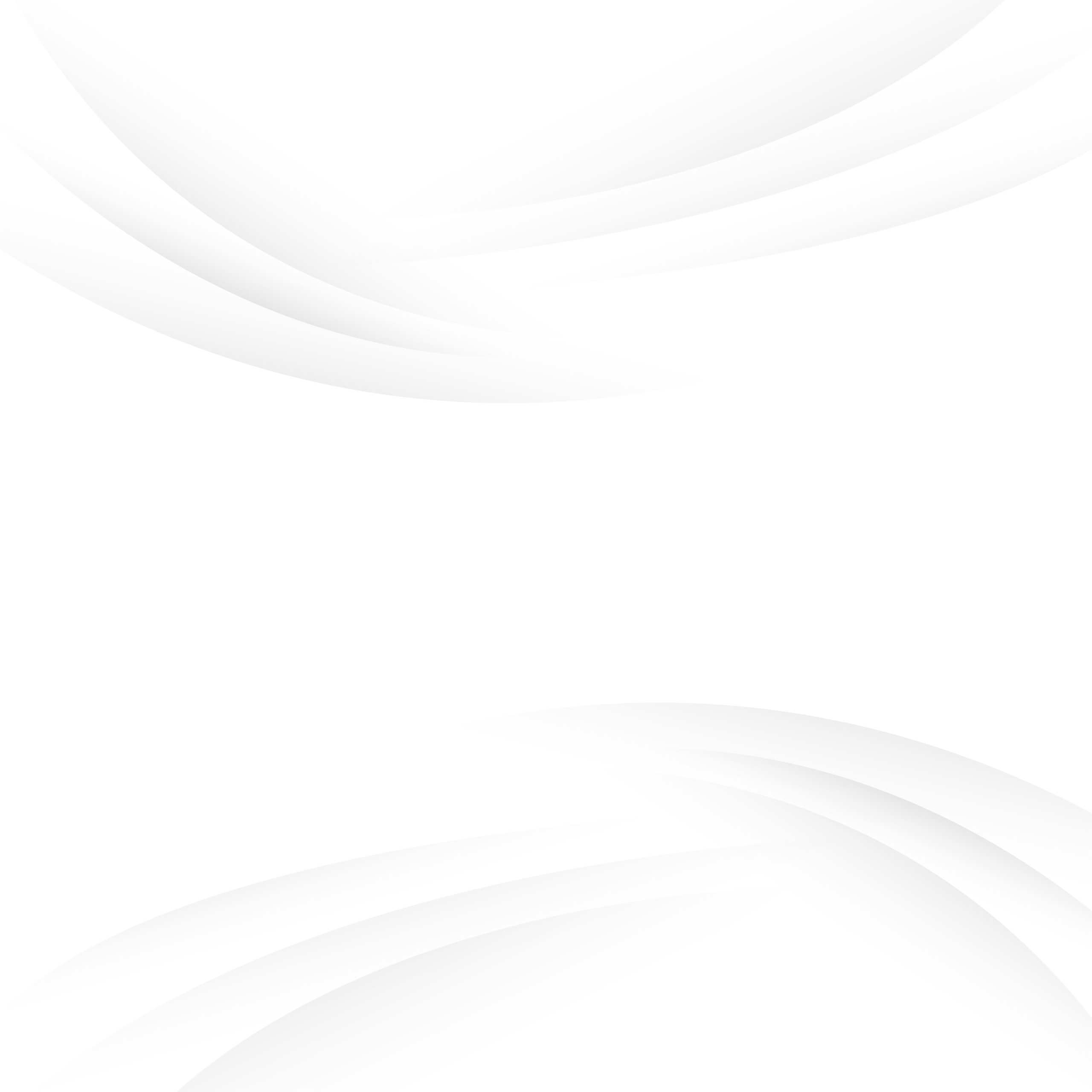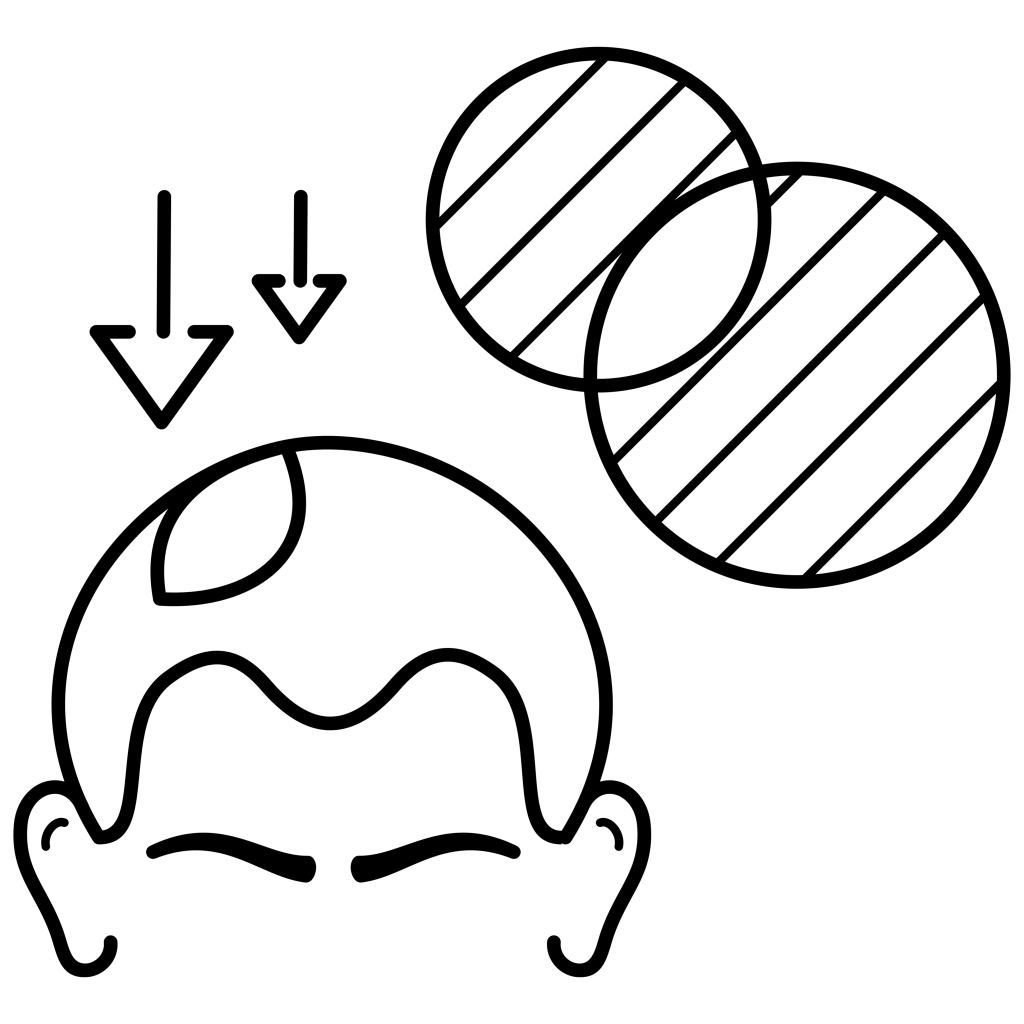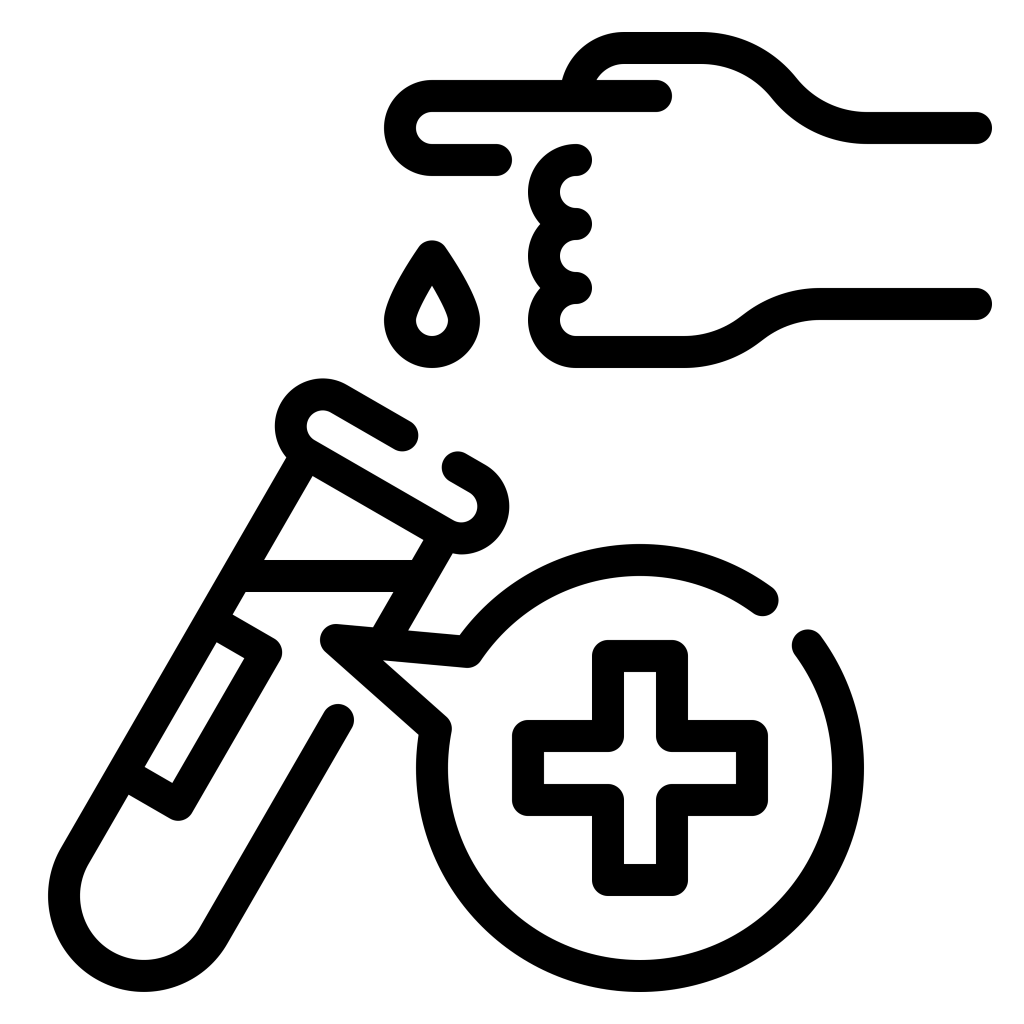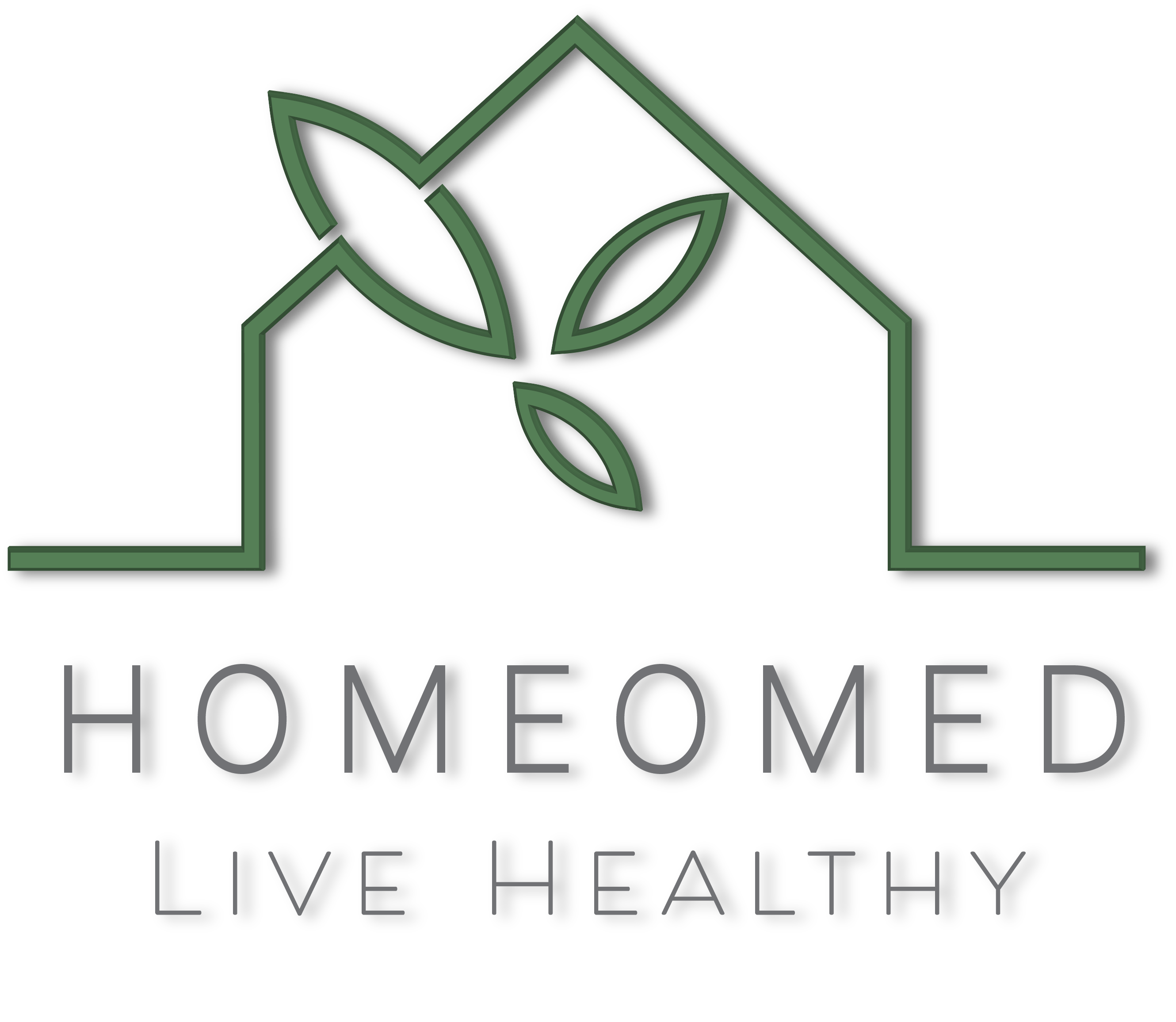

The Meridian Stress Assessment (MSA) is a completely non-invasive way to gain valuable information about your body’s vital functions by finding patterns of stress. MSA uses physics and energy to assess a problem by measuring the conductivity of the entire body
Herbal medicine is the study of pharmacognosy and the use of medicinal plants, which are a basis of traditional medicine. Products made from botanicals, or plants, that are used to treat diseases or to maintain health are called herbal products, botanical products, or phytomedicines.
Homeopathy is an alternative medicine based on the theory of treating 'like with like'. Homeopathy stimulates healing responses to diseases by administering substances that mimic the symptoms of those diseases in healthy people. Homeopathic products are often made as sugar pellets to be placed under the tongue.

The Meridian Stress Assessment (MSA) is a completely non-invasive way to gain valuable information about your body’s vital functions by finding patterns of stress. MSA uses physics and energy to assess a problem by measuring the conductivity of the entire body.
We use the MSA Bioscan equipment as well as the Reckeweg Cutatest acupuncture devices to help find underlying health issues.

Alopecia Areata is an autoimmune disease that results in hair loss on the scalp and any other parts of the body. People also know it as Patchy Hair Loss. It occurs in males and females of all ages but most often the onset can be seen in childhood. This common but very challenging and capricious disease affects approximately 1.7 percent of the world population and can have a profound emotional effect on the social life of the patient. Compared to other types of hair loss, Alopecia Areata is most the commonly seen condition in routine clinical practice of a Dermatologist. Alopecia Areata is a non-scarring hair loss where hair follicles remain live and chances of re-growth will be good with proper treatments. Alopecia areata usually starts with a small bald patch on the scalp but in some cases, it can be seen on other part of the body too. Alopecia patch on the beard is known as Alopecia Barbae, complete hair loss on scalp is known as Alopecia Totalis and entire body hair loss is known as Alopecia Universalis. Due to the unpredictable behavior of alopecia areata, patients can becomes depressed and also feel isolated.
Proud member and support centre of

Dr Rohit’s Natural Treatment, which is based on Ayurveda and Naturopathy concepts. The treatment is completely customised and products are variable for every individual. The products are prepared according to history given by the patient, types of alopecia, age, sex, weather of the country etc. The therapy contains external applications like natural oils, natural paste and natural gel but does not contain any oral pills. Applications are so convenient that anyone can use it at home. The mode of application does not disturb office hours. The products do not contain any perfume, fragrance or colours. It has natural odour. We also provide usage manual and other details with the products.
Our Alopecia Treatment Center does not keep ready to use products to any support center. Natural oils and Powders are dispatched from our head office only, which is located in Surat, India. Natural Products are prepared according to Ayurveda and Naturopathy concepts with the help of clinical expertise of Dr Rohit Shah. The products could be variable according to country, age, gender, types of alopecia and other history given by the patient. We also provide a usage manual and all other instructions with the products. The treatment contains only external applications and no oral pills. If you are offered any oral medication with our natural therapy then you can take it on your discretion.

Homeopathy is a holistic medical treatment approach that originated in the late 18th century. Homeopathy based on the principle of “like cures like”. This refers to the principle that a substance that causes specific symptoms in a healthy person can be used to treat similar symptoms in a sick person. Homeopathic remedies are made from natural substances such as plants, minerals, or animals and are prepared through a process of potentiation, which involves dilution and succussion. This process aims to enhance the therapeutic properties of the substance while minimizing any potential toxicity.
Homeopathy is based on the principle that the body has an inherent ability to heal itself. The remedies used in homeopathy stimulate the body’s vital force, which is the energy that maintains and regulates health. By matching the specific symptoms and characteristics of the patient to a corresponding remedy, homeopathy aims to restore balance and promote healing. The remedies are prepared in highly diluted forms, which are believed to retain the energetic imprint of the original substance. The subtle energetic effects of homeopathic remedies interact with the body’s vital force to stimulate a healing response.
Homeopathy and allopathic medicine (conventional medicine) differ in several key aspects. Allopathic medicine focuses on treating specific symptoms or diseases with drugs or surgeries, often targeting the affected area directly. In contrast, homeopathy takes a holistic approach, considering the overall health and individual characteristics of the patient. Homeopathic remedies are highly individualised and aim to stimulate the body’s innate healing mechanisms, rather than suppressing symptoms. Furthermore, homeopathy emphasises the importance of treating the underlying cause of illness rather than just the symptoms.
Homeopathy and natural medicine share a focus on holistic health and the use of natural substances, but they differ in their principles and methods. Natural medicine encompasses a wide range of practices, including herbal medicine, nutritional therapies, and lifestyle modifications. Homeopathy, on the other hand, follows the principle of “like cures like” and uses highly diluted remedies prepared through potentization. While natural medicine often targets specific symptoms or conditions, homeopathy takes a more individualized approach, matching the unique symptoms and characteristics of the patient to the appropriate remedy. Homeopathy also places a strong emphasis on the vital force and the body’s ability to heal itself.

Definition of autosanguis therapy
Autosanguis therapy simply means using blood from a patient as a “nosode” or medicine to treat a condition that the patient is suffering from.
‘Nosodes‘ (from the Greek nosos, disease) are biological preparations used in homeopathic medicine to prevent disease.
Any agent that either causes an illness or carries a disease-causing pathogen, and is administered to the patient in a diluted form, similar to a vaccine, is termed a nosode.
The nosode containing the most information is blood. After all, this is where the genetic information for all antibodies, with which the person started off, is captured with all its inherited deficiencies. At the same time we find traces of all the immune battles that the body had fought up to that point, those that the body had ended in victory as well as those that have left their “battle” scars. We find traces of toxins that the body could not overcome, of metabolites that the body could not breakdown and of waste products that the body could not eliminate. Our blood is one of the main information storage centres of our body.
How can we explain the method of action of a nosode, especially one made from autologous blood?
Hahnemann already admitted that the most superior method for healing is to remove or destroy the root cause of the disease. He also emphasised that the physician needs to present the “enemy” to the body in a suitable manner. (2)
So how are these comments to be understood?
Like every nosode, the therapeutic mechanism is one of desensitisation. The body reacts to and uses the electromagnetic energy provided by the nosode as a stimulus to strengthen the immune response and thereby counteract any effects caused by the pathogen or toxin.
In this way the body is able to increase its immunity and destroy the toxins contained in the blood. Any allergic reaction, be it from an endogenous or exogenous stimulus, is thereby counteracted and treated. The body is thus able to neutralise and eliminate the disease causing agents by developing an effective immune response to them.
The administration of a nosode made from the patient’s own blood will be effective against the agents contained in the system at that point. It will also be effective against these agents should they reappear at any time in the future after a successful initial treatment. It will, however, not be effective against agents that are different from those in the initial blood sample, as they will not be contained in the nosode. (2)
A major advantage of oral administration of autosanguis isotherapy is that it can easily and safely be used on children without inflicting trauma. Any practitioner who has ever given an injection to a child will know how traumatic this experience can be to the child. This trauma is avoided by giving the medicine orally.
Medicines intended for oral administration have the advantages of being the safest form of autosanguis isotherapy available. Although all medicines still need to be manufactured under Good Laboratory Practice (GLP) conditions, absolute sterility is not necessary. Any possible contaminants such as undesired pathogens are not introduced into the circulatory system, as they do not pass through the mucous membrane barrier of the gastro-intestinal system.
On the other hand, medicines injected into the body, be it by subcutaneous, intra-muscular, intra-venous or intra-arterial injection, bear the risk of introducing harmful pathogens straight into the blood stream. Therefore these medicines need to be manufactured under completely sterile conditions.
Because isotherapy can involve a lengthy treatment regime, the oral administration avoids the repeated traumatic experience of injections.
The advantages of using haemolysed potentised autologous blood can be summarised as follows: (3)
all the intra and extra-cellular components are potentised
the exact antigen does not need to be known
no allergy testing is required
it can also be used for autoimmune conditions
there is no seasonal dependancy
there are no known contraindications
– the efficacy of the therapy is increased by means of a stronger and
more direct stimulus that is given to the immune system
– as there is a stronger antigen effect, the activation of individual cells
is more efficient
– it can be easily and safely used for treating children
– there is no trauma or risk of complications from repeated injections

The Meridian Stress Assessment (MSA) is a completely non-invasive way to gain valuable information about your body’s vital functions by finding patterns of stress. MSA uses physics and energy to assess a problem by measuring the conductivity of the entire body.
We use the MSA Bioscan and SRT Meridian testing equipment as well as the Reckeweg Cutatest acupuncture devices to help find underlying health issues.

Alopecia Areata is an autoimmune disease that results in hair loss on the scalp and any other parts of the body. People also know it as Patchy Hair Loss. It occurs in males and females of all ages but most often the onset can be seen in childhood. This common but very challenging and capricious disease affects approximately 1.7 percent of the world population and can have a profound emotional effect on the social life of the patient. Compared to other types of hair loss, Alopecia Areata is most the commonly seen condition in routine clinical practice of a Dermatologist. Alopecia Areata is a non-scarring hair loss where hair follicles remain live and chances of re-growth will be good with proper treatments. Alopecia areata usually starts with a small bald patch on the scalp but in some cases, it can be seen on other part of the body too. Alopecia patch on the beard is known as Alopecia Barbae, complete hair loss on scalp is known as Alopecia Totalis and entire body hair loss is known as Alopecia Universalis. Due to the unpredictable behavior of alopecia areata, patients can becomes depressed and also feel isolated.
Dr Rohit’s Natural Treatment is based on Ayurveda and Naturopathy concepts. The treatment is completely customised and products are variable for every individual. The products are prepared according to history given by the patient, types of alopecia, age, sex, weather of the country etc. The therapy contains external applications like natural oils, natural paste and natural gel but does not contain any oral pills. Applications are so convenient that anyone can use it at home. The mode of application does not disturb office hours. The products do not contain any perfume, fragrance or colours. It has natural odour. We also provide usage manual and other details with the products.
Our Alopecia Treatment Center does not keep ready to use products to any support center. Natural oils and Powders are dispatched from our head office only, which is located in Surat, India. Natural Products are prepared according to Ayurveda and Naturopathy concepts with the help of clinical expertise of Dr Rohit Shah. The products could be variable according to country, age, gender, types of alopecia and other history given by the patient. We also provide a usage manual and all other instructions with the products. The treatment contains only external applications and no oral pills. If you are offered any oral medication with our natural therapy then you can take it on your discretion.

Homeopathy is a holistic system of medicine that originated in the late 18th century. It is based on the principle of “like cures like,” meaning that a substance that can cause symptoms in a healthy person can be used in a highly diluted form to treat similar symptoms in an ill person. Homeopathic remedies are made from natural substances such as plants, minerals, or animals and are prepared through a process of potentization, which involves serial dilution and succussion. This process aims to enhance the therapeutic properties of the substance while minimizing any potential toxicity.
Homeopathy is based on the principle that the body has an inherent ability to heal itself. The remedies used in homeopathy stimulate the body’s vital force, which is the energy that maintains and regulates health. By matching the specific symptoms and characteristics of the patient to a corresponding remedy, homeopathy aims to restore balance and promote healing. The remedies are prepared in highly diluted forms, which are believed to retain the energetic imprint of the original substance. The subtle energetic effects of homeopathic remedies interact with the body’s vital force to stimulate a healing response.
Homeopathy and allopathic medicine (conventional medicine) differ in several key aspects. Allopathic medicine focuses on treating specific symptoms or diseases with drugs or surgeries, often targeting the affected area directly. In contrast, homeopathy takes a holistic approach, considering the overall health and individual characteristics of the patient. Homeopathic remedies are highly individualized and aim to stimulate the body’s innate healing mechanisms, rather than suppressing symptoms. Furthermore, homeopathy emphasizes the importance of treating the underlying cause of illness rather than just
Homeopathy and natural medicine share a focus on holistic health and the use of natural substances, but they differ in their principles and methods. Natural medicine encompasses a wide range of practices, including herbal medicine, nutritional therapies, and lifestyle modifications. Homeopathy, on the other hand, follows the principle of “like cures like” and uses highly diluted remedies prepared through potentization. While natural medicine often targets specific symptoms or conditions, homeopathy takes a more individualized approach, matching the unique symptoms and characteristics of the patient to the appropriate remedy. Homeopathy also places a strong emphasis on the vital force and the body’s ability to heal itself.

Definition of autosanguis therapy
Autosanguis therapy simply means using blood from a patient as a “nosode” or medicine to treat a condition that the patient is suffering from.
‘Nosodes‘ (from the Greek nosos, disease) are biological preparations used in homeopathic medicine to prevent disease.
Any agent that either causes an illness or carries a disease-causing pathogen, and is administered to the patient in a diluted form, similar to a vaccine, is termed a nosode.
The nosode containing the most information is blood. After all, this is where the genetic information for all antibodies, with which the person started off, is captured with all its inherited deficiencies. At the same time we find traces of all the immune battles that the body had fought up to that point, those that the body had ended in victory as well as those that have left their “battle” scars. We find traces of toxins that the body could not overcome, of metabolites that the body could not breakdown and of waste products that the body could not eliminate. Our blood is one of the main information storage centres of our body.
How can we explain the method of action of a nosode, especially one made from autologous blood?
Hahnemann already admitted that the most superior method for healing is to remove or destroy the root cause of the disease. He also emphasised that the physician needs to present the “enemy” to the body in a suitable manner. (2)
So how are these comments to be understood?
Like every nosode, the therapeutic mechanism is one of desensitisation. The body reacts to and uses the electromagnetic energy provided by the nosode as a stimulus to strengthen the immune response and thereby counteract any effects caused by the pathogen or toxin.
In this way the body is able to increase its immunity and destroy the toxins contained in the blood. Any allergic reaction, be it from an endogenous or exogenous stimulus, is thereby counteracted and treated. The body is thus able to neutralise and eliminate the disease causing agents by developing an effective immune response to them.
The administration of a nosode made from the patient’s own blood will be effective against the agents contained in the system at that point. It will also be effective against these agents should they reappear at any time in the future after a successful initial treatment. It will, however, not be effective against agents that are different from those in the initial blood sample, as they will not be contained in the nosode. (2)
A major advantage of oral administration of autosanguis isotherapy is that it can easily and safely be used on children without inflicting trauma. Any practitioner who has ever given an injection to a child will know how traumatic this experience can be to the child. This trauma is avoided by giving the medicine orally.
Medicines intended for oral administration have the advantages of being the safest form of autosanguis isotherapy available. Although all medicines still need to be manufactured under Good Laboratory Practice (GLP) conditions, absolute sterility is not necessary. Any possible contaminants such as undesired pathogens are not introduced into the circulatory system, as they do not pass through the mucous membrane barrier of the gastro-intestinal system.
On the other hand, medicines injected into the body, be it by subcutaneous, intra-muscular, intra-venous or intra-arterial injection, bear the risk of introducing harmful pathogens straight into the blood stream. Therefore these medicines need to be manufactured under completely sterile conditions.
Because isotherapy can involve a lengthy treatment regime, the oral administration avoids the repeated traumatic experience of injections.
The advantages of using haemolysed potentised autologous blood can be summarised as follows: (3)
all the intra and extra-cellular components are potentised
the exact antigen does not need to be known
no allergy testing is required
it can also be used for autoimmune conditions
there is no seasonal dependancy
there are no known contraindications
– the efficacy of the therapy is increased by means of a stronger and
more direct stimulus that is given to the immune system
– as there is a stronger antigen effect, the activation of individual cells
is more efficient
– it can be easily and safely used for treating children
– there is no trauma or risk of complications from repeated injections
